Efficient Storage and Management of Large-Scale Audit Logs (OVEN)
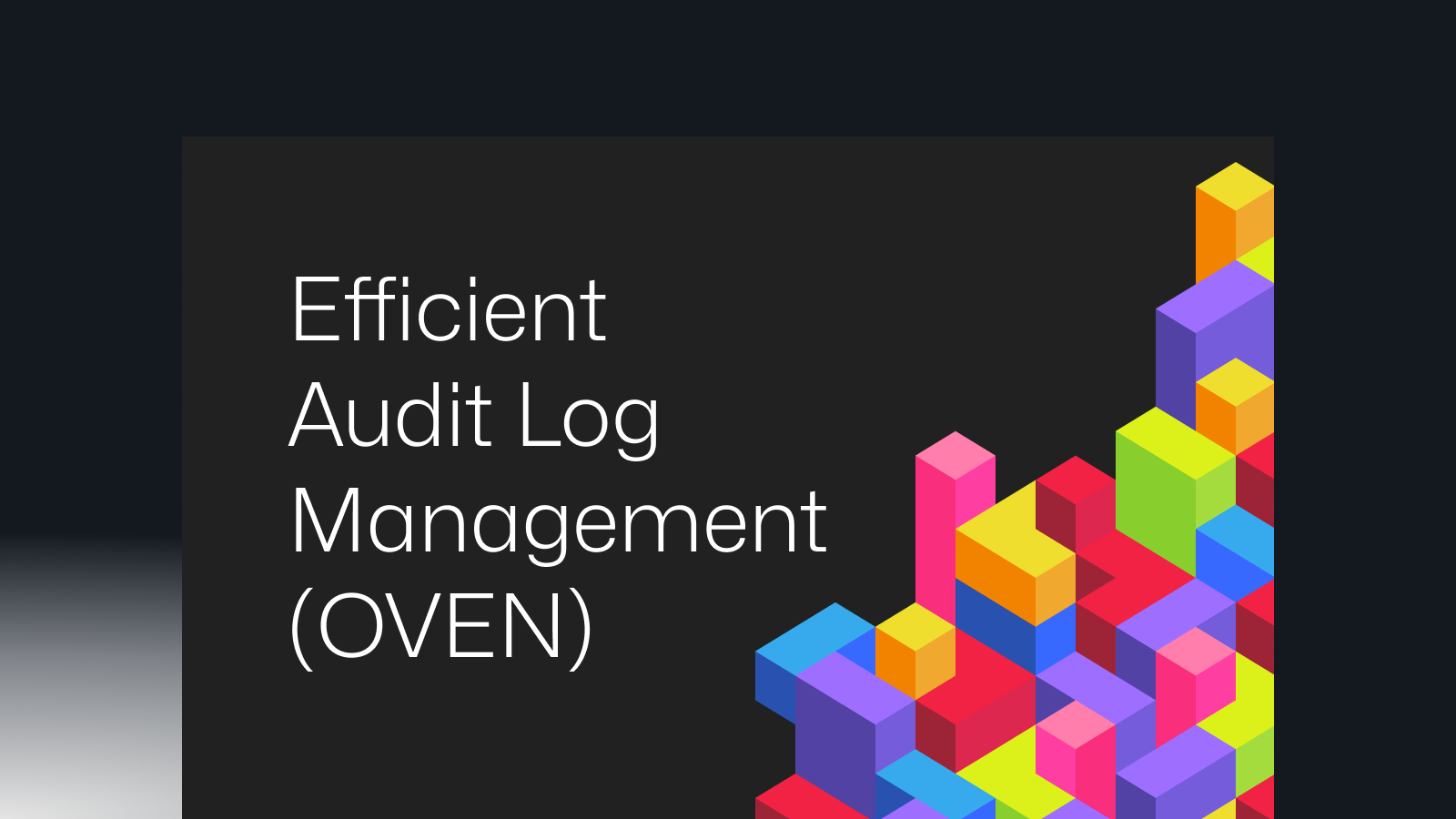
Introduction
Audit logs are essential for ensuring security, transparency, and regulatory compliance across industries, especially in sectors handling sensitive data such as finance, healthcare, and public institutions. These logs often need to be retained for more than five years, necessitating robust storage and management solutions. For instance, large financial institutions generate millions of audit logs daily, resulting in terabytes (TBs) of storage over several years. This underscores the need for efficient, large-scale log management systems.
Challenges
Existing log management systems encounter the following key challenges:
1. Storage Issues
- Log data grows exponentially, making database storage expansion unavoidable. This leads to increased operational costs and complexity.
2. Querying Challenges
- Extracting critical insights or compliance-related information from massive log data often results in delays due to inefficient querying capabilities.
3. Inefficiencies in External Integration
- Effective analysis of large volumes of log data frequently requires additional ETL tasks to load logs into external OLAP storage, increasing development and operational burdens.
Solution
QueryPie has developed a streamlined approach to storing, querying, and managing large-scale audit logs with the following objectives:
1. Efficient Storage of Large-Scale Logs:
- Log data is efficiently stored using integrations with object storage solutions like S3.
- Object storage is optimized for handling vast quantities of log data.
2. Enhanced External Integration Efficiency:
- Data stored in external S3 is formatted for seamless integration and querying with external OLAP systems.
- Logs are stored in a format tailored to OLAP requirements for smooth ingestion and analysis.
3. Minimalistic Functionality Focused on Audit Logs:
- Features are limited to those essential for the immutable nature of audit logs.
- Audit logs are not modified after storage and do not require explicit deletion.
- The solution emphasizes on storage and retrieval functionality only.
- Logs are stored in chronological order and can be queried only as lists within specific time ranges.
Detailed Explanation
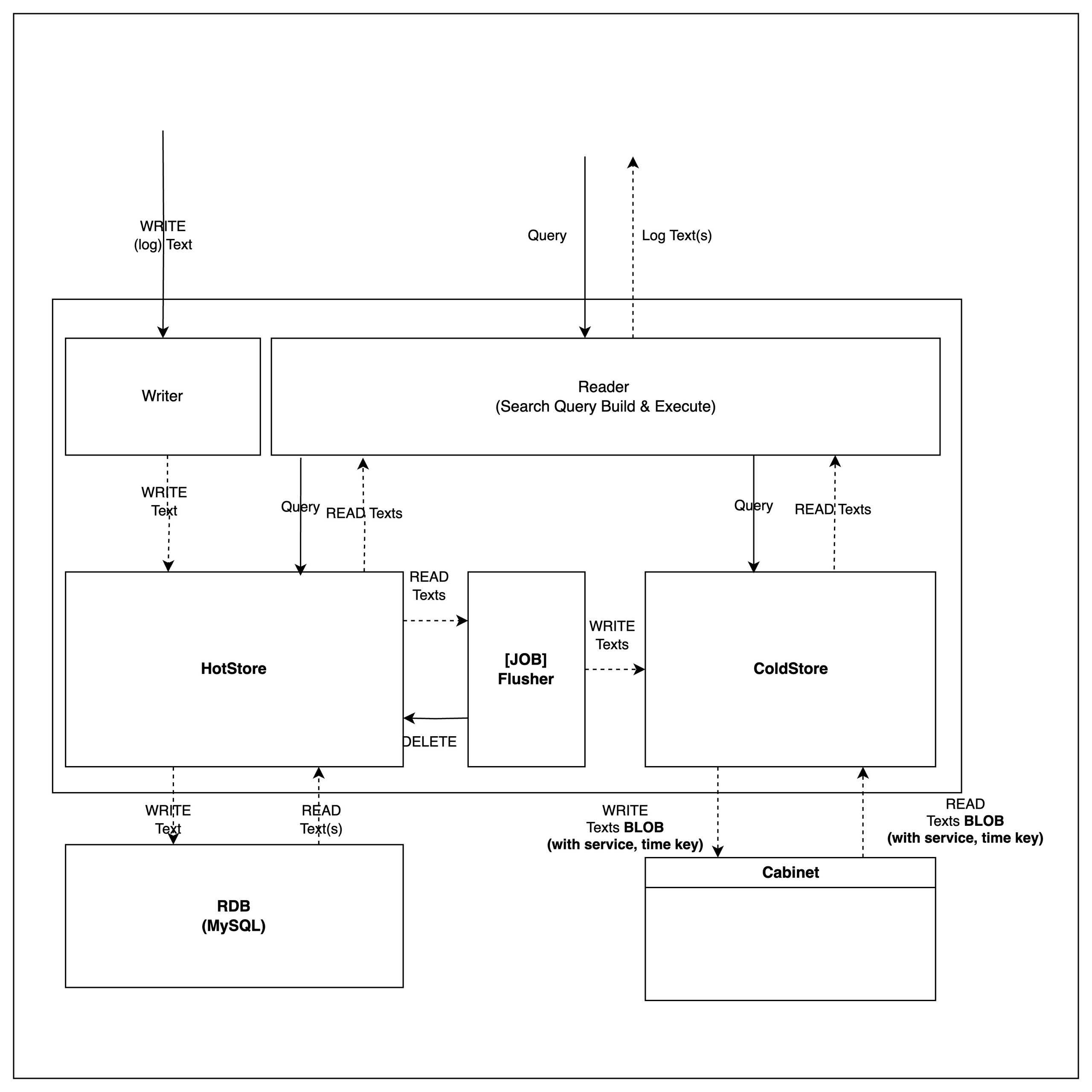
Diary Overview
Core Features for Audit Log Management
Audit logs are immutable after being stored and do not require explicit deletion. Therefore, the system provides functionality for storage and retrieval only.
-
Ingestion (WRITE)
- Logs are initially stored in a high-performance HotStore.
- After a specific period, logs are aggregated and transferred to a ColdStore for long-term storage.
-
Retrieval (READ)
- Logs can be queried based on time ranges.
- The retrieval process is abstracted, ensuring consistent querying across internal storage layers.
Efficient Storage Using Blob Storage
Logs moved to ColdStore are stored in Blob format, integrated with object storage solutions like S3. This ensures:
- WORM (Write Once Read Many) compliance for secure, immutable log storage.
- Efficient storage and retrieval without post-ingestion modifications.
Partitioning for Querying and Integration
For audit logs, the log group name and chronological time information are the most essential details for retrieving audit logs.
-
To optimize retrieval and external integration, a path-based partitioning system—commonly used for large-scale log data storage and querying—has been implemented.
collection=${COLLECTION}/date=${DATE}{HOUR}.gz- Log group name
- ${COLLECTION}
- Time
- ${DATE}: Date of log storage.
- ${HOUR}: Hour of log storage.
- Log group name
- Example
- collection test-log
- Logs from 2024-01-01T19:00:00 to 2024-01-02T01:00:00 (UTC) are stored as:
- collection test-log
Collection Date Hour collection=test-log/ date=2024-01-02/ 01.gz 02.gz date=2024-01-01/ 23.gz 22.gz 21.gz 20.gz 19.gz
The path-based partitioning method above enables efficient querying of log data in external OLAP storage.
- The following example demonstrates how to query and analyze Diary logs stored in S3 directly using Athena.
Athena Integration and Query Example
- Example: Creating a Table for Diary Logs Stored in S3 Using Athena:
CREATE EXTERNAL TABLE test_log ( `record_uuid` STRING, `created_at` STRING, `data` STRUCT< msg: STRING, time: STRING, level: STRING, request_id: STRING, operation_id: STRING > ) PARTITIONED BY ( `date_created` STRING ) ROW FORMAT SERDE 'org.openx.data.jsonserde.JsonSerDe' STORED AS INPUTFORMAT 'org.apache.hadoop.mapred.TextInputFormat' OUTPUTFORMAT 'org.apache.hadoop.hive.ql.io.HiveIgnoreKeyTextOutputFormat' LOCATION 's3://${S3_BUCKET_ROOT_PATH}/collection=test-log/' TBLPROPERTIES ( 'classification' = 'json', 'compressionType' = 'gzip', 'projection.enabled' = 'true', 'projection.date_created.type' = 'date', 'projection.date_created.format' = 'yyyy-MM-dd', 'projection.date_created.interval' = '1', 'projection.date_created.interval.unit' = 'DAYS', 'projection.date_created.range' = '2024-12-01, NOW', 'storage.location.template' = 's3://${S3_BUCKET_ROOT_PATH}/collection=test-log/date=${date_created}/' );- Example: Creating a Table and Running an SQL Query
SELECT date_created, data.level, count(*) FROM test_log GROUP BY date_created, data.level ORDER BY date_created, data.level;
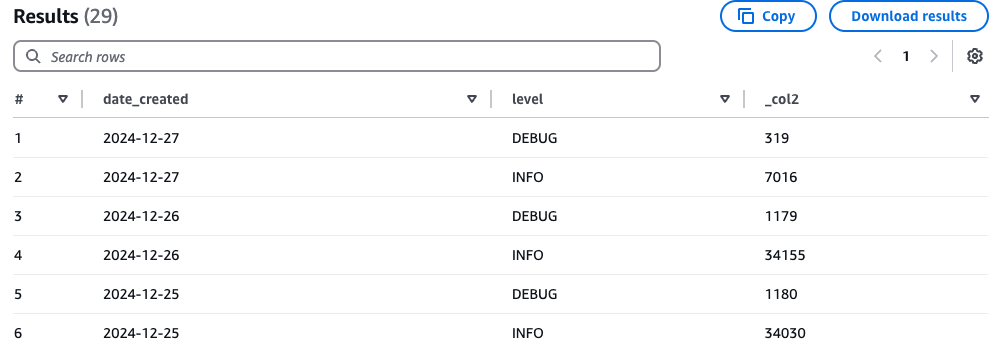
Bloom Filter for Internal Query PerformanceEfficient filtering is essential to exclude log data outside the target time range during queries.
- Large volumes of log data are stored in Blob format in ColdStore on an hourly basis. Querying Blobs that do not meet filtering criteria is inefficient and impacts performance.
- To address this, a Bloom Filter is generated for each hourly Blob. This allows the system to skip Blobs that do not satisfy the filtering conditions.
- The Bloom Filter probabilistically allow false positives but guarantee no false negatives.
- This ensures that non-existent Blobs are confidently skipped, while false-positive Blobs are queried and filtered out during subsequent processing.
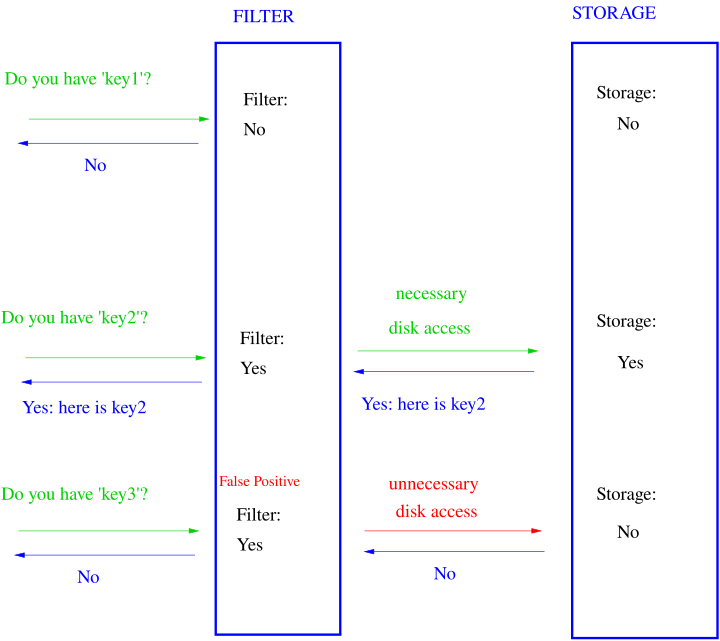
Performance improvement by skipping unnecessary access using Bloom Filter and an example of false positives – Source: https://en.wikipedia.org/wiki/Bloom_filter
Conclusion and Expected BenefitsThe new QueryPie audit log module,
OVEN, is designed to address the following two key challenges in existing audit log storage and management systems:- Efficient Management of Large-Scale Logs
- Streamlined External Integrations
OVENseamlessly integrates with large-scale storage solutions like S3, offering a consistent interface for both storage and retrieval. This design enhances developer convenience by simplifying operations and minimizing complexity.Furthermore,
OVEN's architecture is optimized for external integrations, enabling instant connectivity with OLAP storage solutions such as Athena and Hive. This ensures effortless handling of large-scale data analysis tasks and improves overall operational efficiency.
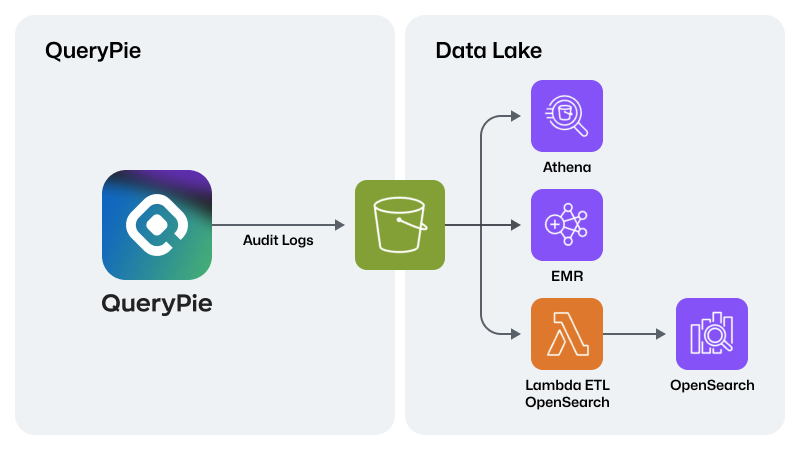
Compared to traditional audit log storage management,
OVENprovides the following advantages:- Cost Savings
- By leveraging AWS S3 for Blob storage,
OVENenables economical management of large-scale data.
- Simplified Development for Log Ingestion and Retrieval
OVENminimizes development and operational complexity by focusing solely on essential features for storing and retrieving audit logs.- Internal logs stored in both HotStore and ColdStore are fully managed within
OVEN, so developers do not need to handle underlying storage details.
- Scalability and Compatibility
OVEN’s standardized data structure ensures seamless integration with tools like Athena and Hive, simplifying large-scale data analysis.- Its design supports flexible integration with various analytics and visualization tools, making it adaptable to diverse use cases.
Future PlansCurrently,
OVENprovides official support for S3 and S3-compatible storage solutions, including MinIO. Looking ahead, the system aims to expand compatibility by integrating with additional large-scale storage solutions.S3-Compatible Storage Support
-
AWS S3 (Officially supported)
-
MinIO (Officially supported)
-
Google Cloud Storage (Under Testing)
Planned Support for S3-Non-Compatible Storage
- Azure Blob Storage
- Ceph
- Swift
To enhance usability,
OVENwill offer comprehensive guidelines and examples for external integration. These resources will simplify connections with various analytics and visualization tools.External Integration Guide and Examples
- Real-Time Data Visualization Integration: Example: Integration with OpenSearch through Lambda for real-time data visualization, using Kibana as the visualization layer.
- Data Warehouse ETL Guide: Guide for creating a data analysis pipeline with Athena and EMR (Spark) for efficient Data Warehouse ETL operations.
Curious?
Reveal the Magic!
Please fill out the form to unlock your exclusive content!
